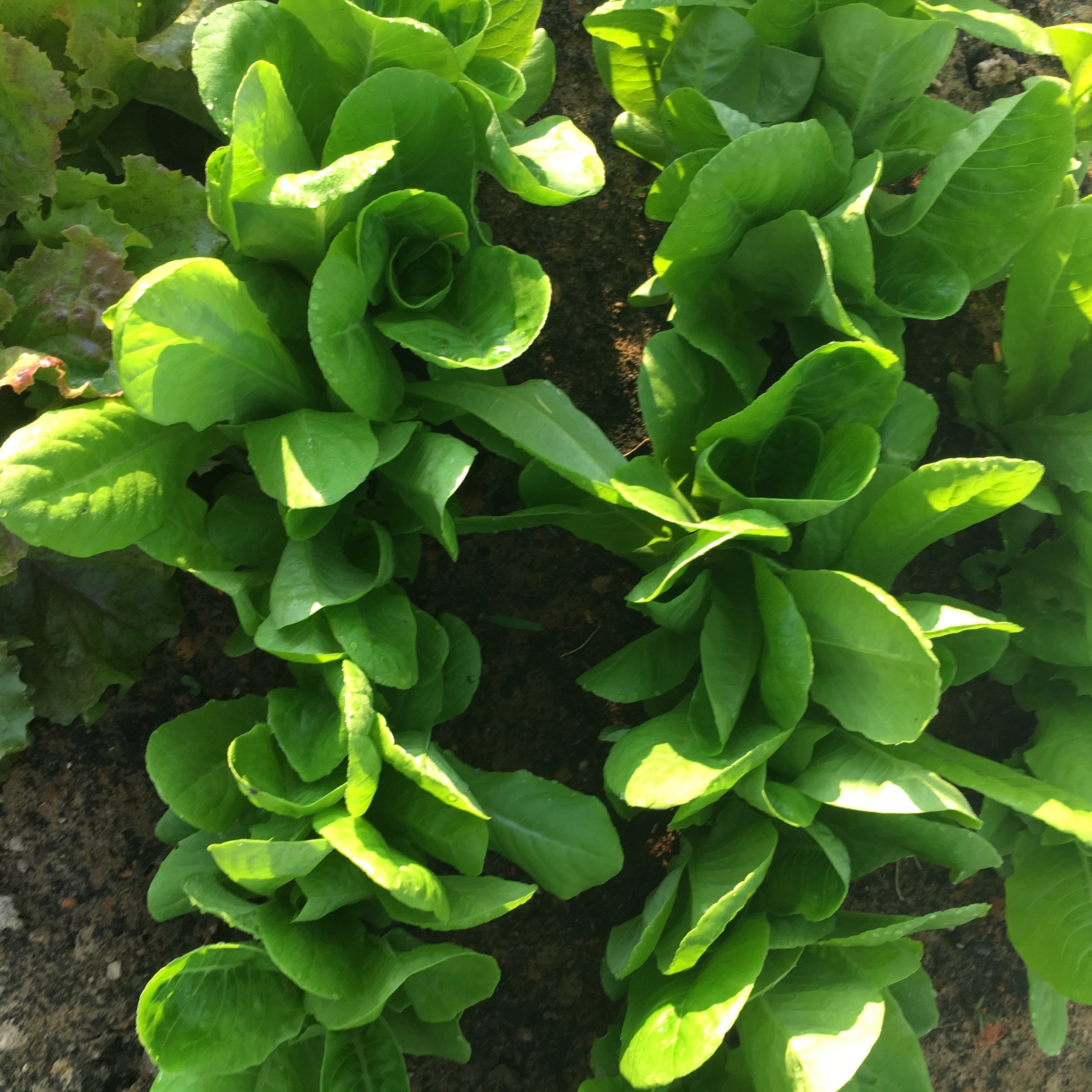The secret is out! Let the celebration begin!
The only link you need right here, because, if you have Amazon Prime, the e-book is FREE. Who loves FREE? If you don’t have Prime, the e-book is $1.99, but there are lots of options, so, again, look here.
I want to thank everyone who helped make this happen, from my crit partners and beta readers who helped shape the book, to my fabulous agent who always has my back even when I’m a nightmare, to my early readers who buoyed me, to my editor at Lake Union, Chris Werner, a truly marvelous person who has made me feel so welcome in my new publishing home. And also the rest of the team at Lake Union, thanks for making my story shine, wrapping it in the most gorgeous cover ever, and sending it into the universe on a rocket ship.
That’s it. That’s all I’ve got. Now where is the champagne…















